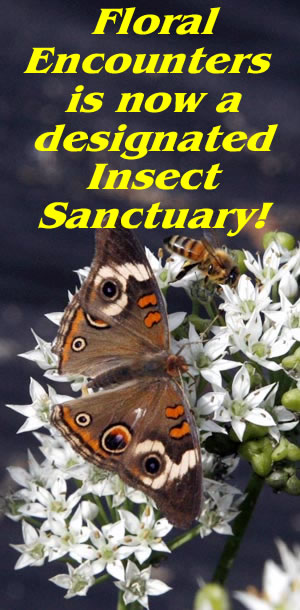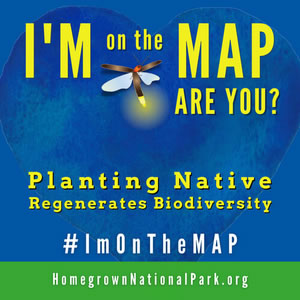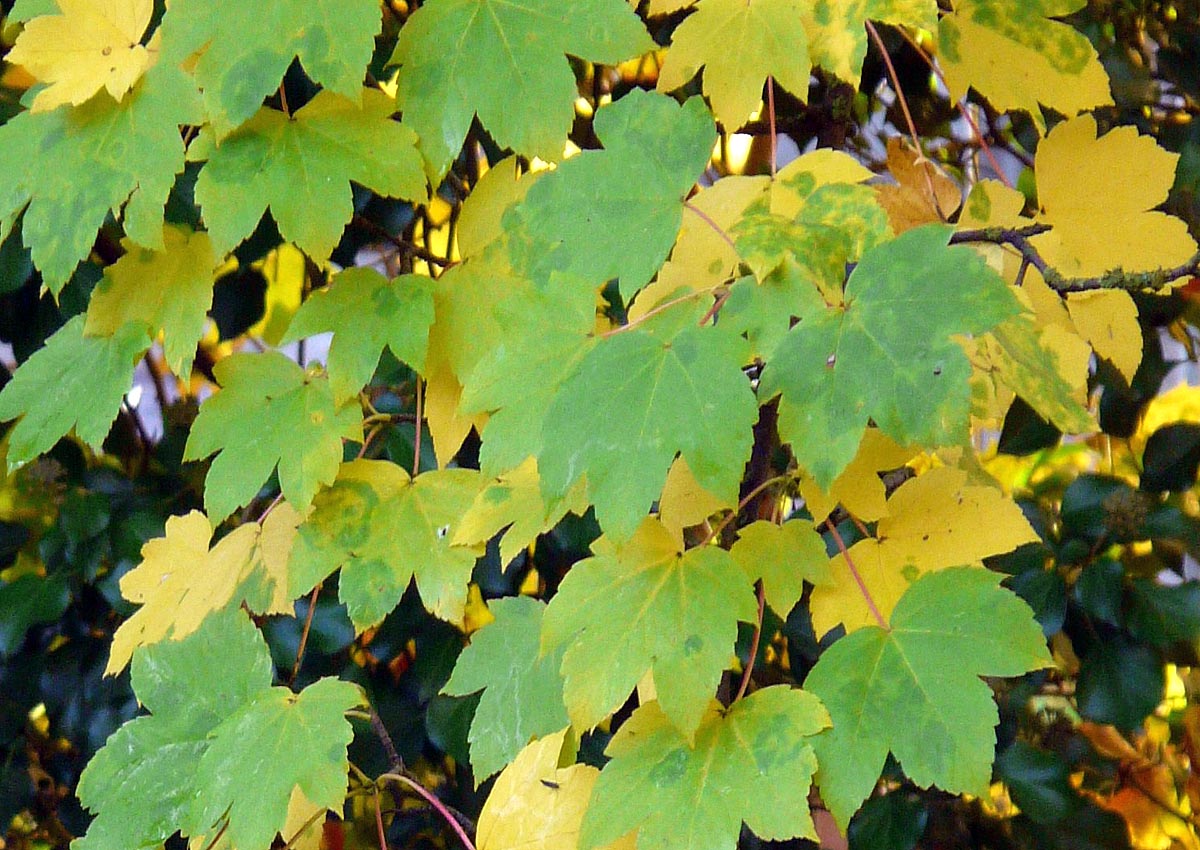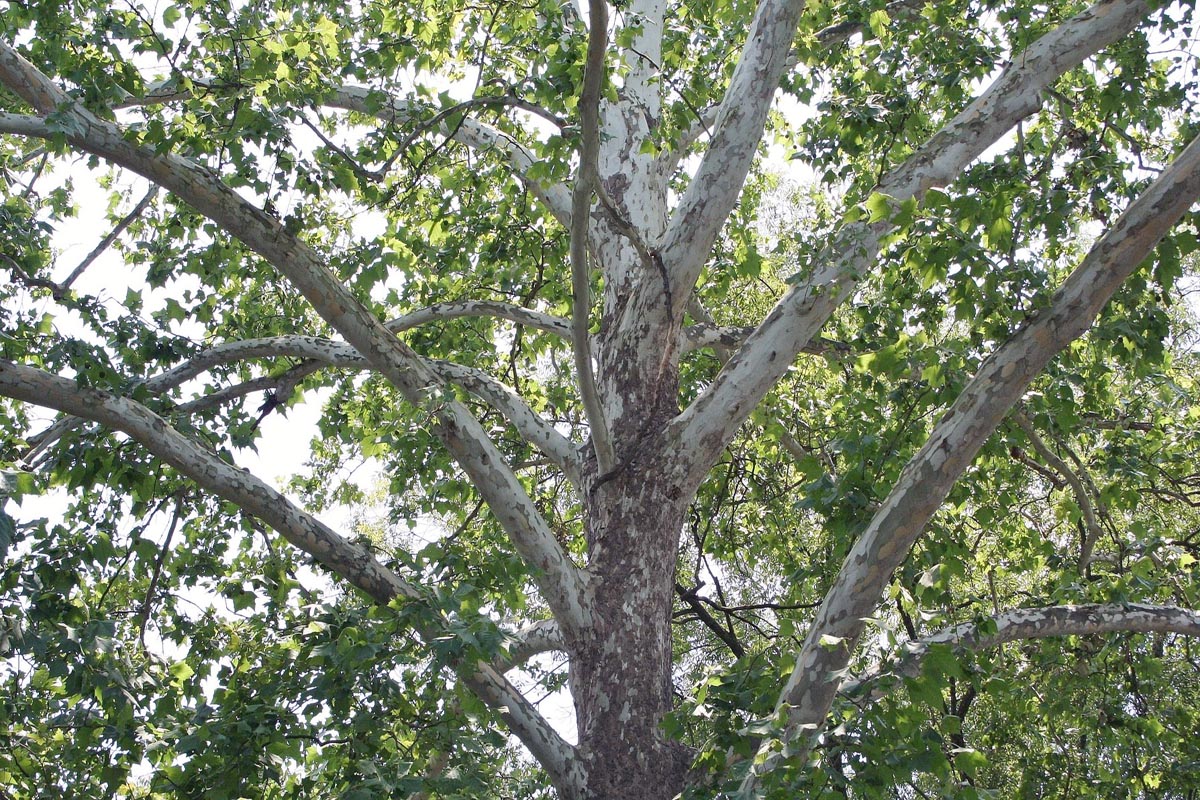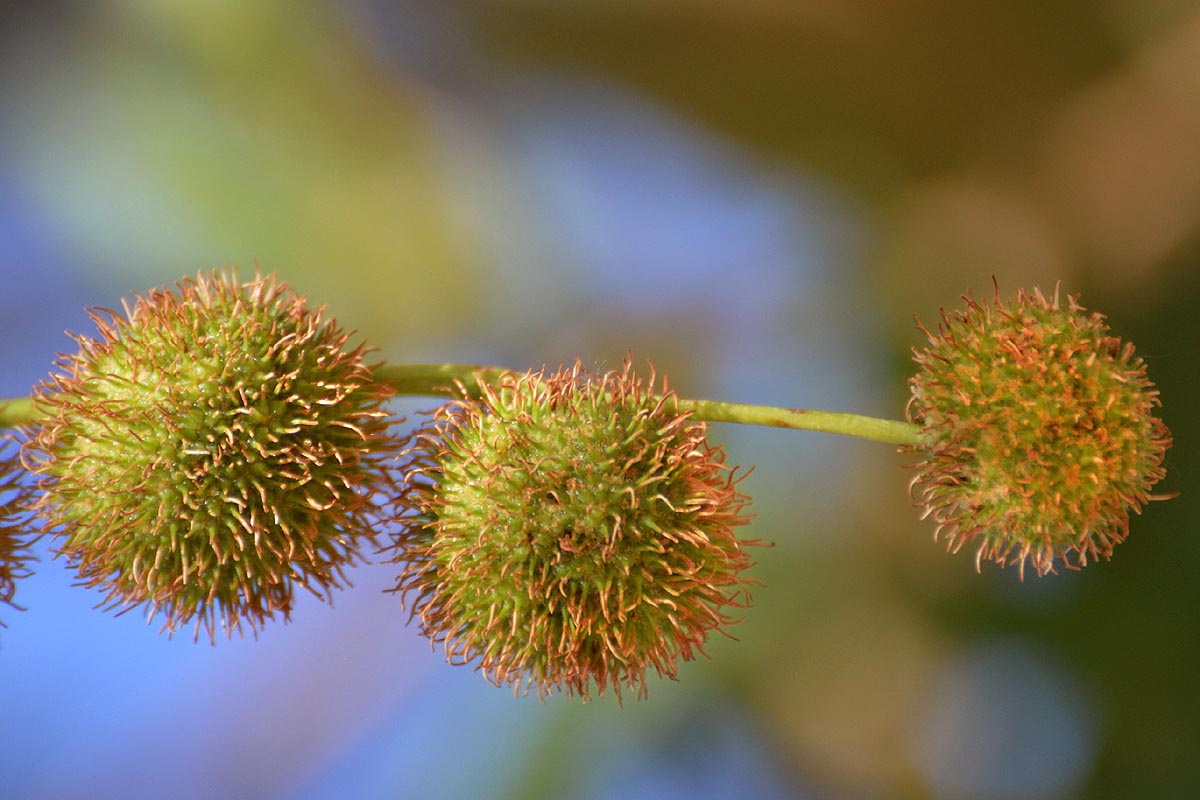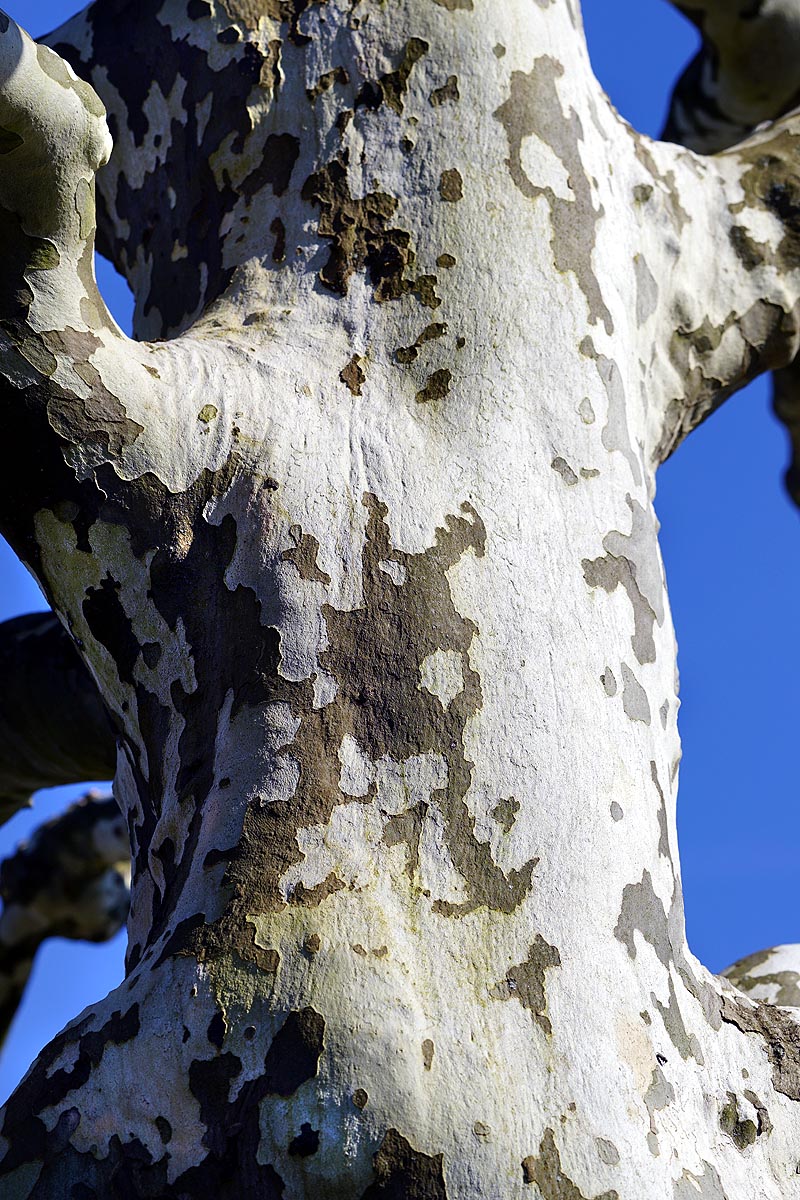Considered the largest deciduous tree in the United States this tree can grow to over 100 feet (30m) with a trunk diameter of over 11 feet (3.3m). It is one of the best shade trees with long life commonly living about 200 but in ideal conditions as much as 600 years. These trees can become massive and make a huge statement. The silvery white bark with multi colored patches stands out making this tree very noticeable. This is not a tree for a small garden but if you need shade in a hurry it can grow to 36 feet (11m) in 6 years. Fairly easy to grow from seed it needs full sun and does best on deep soils where it can anchor its roots well. On its native river planes it can reach large sizes quickly. Does not need much special treatment and fairly easy to grow.
The leaves are large from 4-9 inches (10-23cm) wide and inches 4-14 (10-35 cm) long. They are roughly star shaped with five lobes, but occasionally 3 with sharp points at the top of each lobe and often serrations along edges. They look very much like maple leaves. Each leaf has a mid to long stem and is attached to the branch in an alternate arrangement. They are dark green in color slightly lighter on the underside. They turn brown in autumn/fall and drop later than many other species.
The flowers come in both male and female on the same tree but not in the same flower. The bloom in early spring before the leaves emerge and are fairly small, almost impossible to see as they dont usually begin to flower until around 6 years old by which time the tree could be anywhere from 18-26 feet (5.4-8m) tall. Flowers stay tight to the branches and are green to yellow green in color. They are easily mistaken for emerging leaves from the ground. The fruits that follow the female flowers swell to become larger reaching about 0.8-2 inches (2-5 cm) in diameter and remain on the tree long after the leaves have fallen which is usually when they are noticed. Fruits are spherical, tiny balls made up of many long thin seeds with small fluffy tops that allow them to float on the wind once the balls break up. The often does not occur until the following spring.
Hardy from zones 4-9 with a wide spread this is one of the most significant shade trees of eastern North America.
Growing American Sycamore (Platanus occidentalis) from Seed.
Germination and growing this tree is not difficult but it will take just a little bit of math on your part. Seeds need a period of cold, but not moist, stratification before they will germinate. The recommended period is 90 days (three months). We keep all our seeds in cold conditions so cold stratification may be done. All our seeds are collected, stored, cleaned and then placed in cold storage. Most years that is by early December. So if you buy seeds before the end of March you will need to complete the stratification yourself. Simply put the seed packet in a plastic bag and place in refridgerator for whatever time is left. That's where the math bit comes in.
If you purchase seeds from the beginning of April onwards Stratification should be complete. We still recommend placing seeds in the refridgerator until you are ready to plant but otherwise they should be ready to proceed.
Seeds need light to germinate. Surface sow or only very lightly cover using a very fine seeding mix and shake on with a kitchen sieve. Sow in individual pots or 2-3 to a pot so transplanting is easy. Some sources recommend soaking seeds first this may speed up germination but we have found they germinate fine without it. Keep soil moist and place in a area of good but not really bright light in warm location do not use a heating mat.
Once seedlings have germinated move to individual pots and grow on until at least 8-10 inches (20-25cm) before planting out. Protect seedling trees from browsing animals. Most will eat seedlings but not larger trees.
This tree needs full sun in all of its range from zone 4-9. Its not bothered by humidity and grows well in all zones. It does need deep soils for best results. In the wild its found most commonly on alluvial soils along streams and in bottom lands where it can reach large sizes. It also needs good drainage and will not tolerate soils that become waterlogged of flood for more than short periods.
More shallow soils will force the roots upward and along the surface rather then down which can cause issues with pavements, sidewalks and other structures it can even damage underground pipes if soil is very shallow and may be less stable. While sycamores dont usually fall they may in shallow soils under extreme conditions.
This tree needs some water. While it is fairly drought tolerant once its established long periods without water can be detrimental. Since its native preference is for river planes grow in areas with adequate rainfall and offer water when there is little.
Before choosing for a home garden remember that the bark does slough off and drop to the ground along with the seed balls which can make the tree quite messy in smaller areas. Does very well in larger gardens, woodlands or parkland settings where it can become an impressive specimen tree.
Its most important use is external where an infusion is used to wash wounds and infected sores and infant rash as well as of ichthyosis and other chronic skin diseases characterized by dry, scaly skin. Its also proved effective in treatment of Tarsal tumors in both acute and chronic stages. Treatment in all skin conditions need to be carried out regularly over an extended period of time to achieve successful results.
However even that is confusing as its not a Plane tree either. The plane tree found in the United states is known as the London Planetree (Platanus ×hispanica) and is a hybrid of the American sycamore (Platanus occidentalis) and Oriental plane tree (Platanus orientalis), widely planted in cities. They are not that easy to tell apart and even botanical experts have issues doing so.


